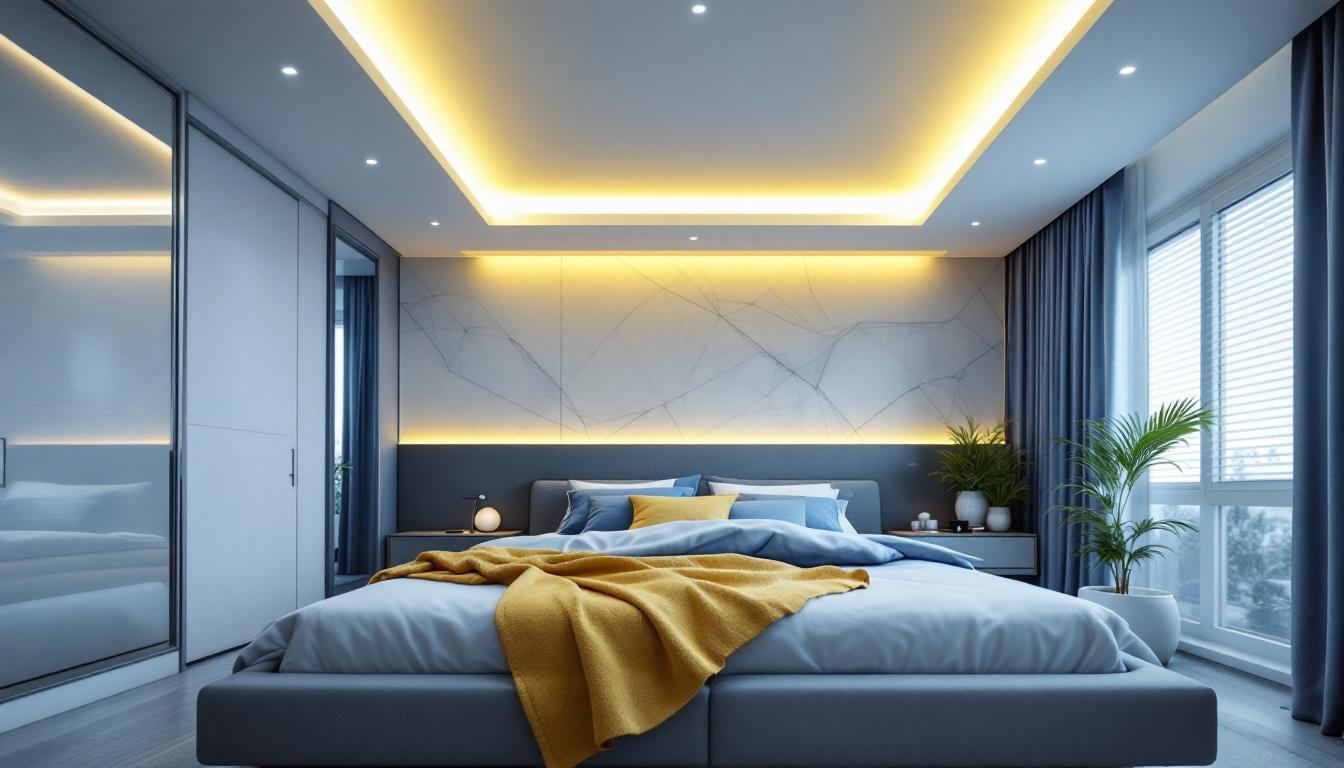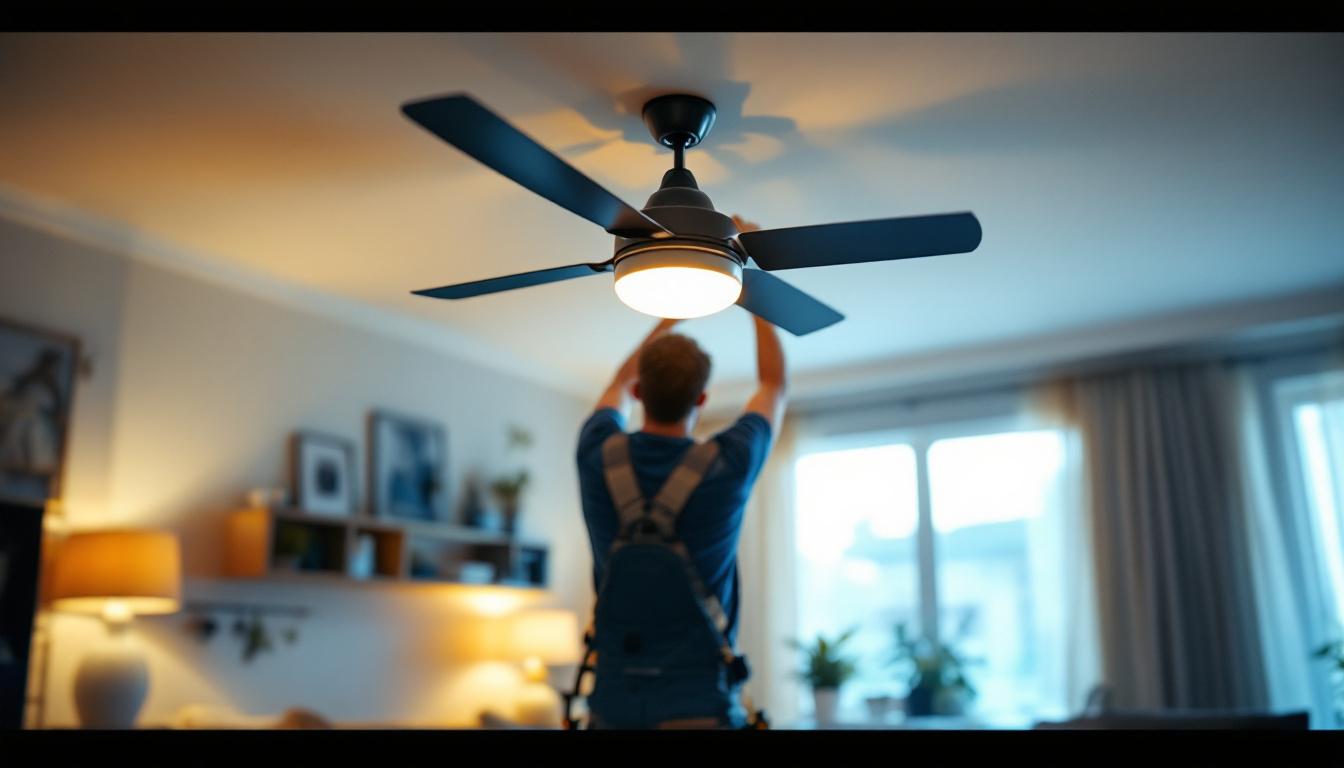
In recent years, the importance of energy efficiency in lighting design has become increasingly evident, particularly in outdoor spaces such as walkways. The integration of energy-efficient lighting solutions not only enhances visibility and safety but also significantly reduces energy consumption. This article explores the impact of walkway lighting on energy efficiency, examining various technologies, design strategies, and the long-term benefits for both contractors and clients.
Walkway lighting serves a crucial role in ensuring safety and accessibility in outdoor environments. Properly illuminated pathways reduce the risk of accidents, enhance the aesthetic appeal of a property, and contribute to the overall security of the area. However, the choice of lighting technology and design can greatly influence energy consumption.
There are several types of lighting options available for walkways, each with its unique characteristics and energy consumption profiles. Common choices include LED fixtures, solar-powered lights, and traditional incandescent or fluorescent bulbs.
LED lights have gained popularity due to their high energy efficiency and long lifespan. They consume significantly less power compared to incandescent bulbs while providing comparable or superior brightness. Solar-powered lights, on the other hand, harness renewable energy, making them an environmentally friendly option that requires minimal maintenance. These lights often come equipped with built-in sensors that automatically turn them on at dusk and off at dawn, optimizing their energy use and ensuring they are only active when necessary.
When assessing the energy efficiency of walkway lighting, several factors come into play. The type of fixture, the wattage of the bulbs, and the overall design of the lighting layout can all impact energy consumption. Additionally, the use of smart controls, such as motion sensors and timers, can further enhance efficiency by ensuring that lights are only active when needed.
Moreover, the placement of fixtures is critical. Strategically positioning lights to maximize illumination while minimizing overlap can help reduce the total number of fixtures required, thus lowering energy usage. For instance, utilizing wall-mounted lights along the sides of a walkway can create a more uniform light distribution, allowing for fewer fixtures to achieve the same level of brightness. Furthermore, incorporating fixtures that can adjust their brightness based on ambient light conditions can lead to significant energy savings, particularly in areas that receive varying levels of natural light throughout the day.
In addition to these considerations, the design of the walkway itself can influence lighting needs. Curved paths may require more fixtures to ensure consistent visibility, while straight paths can often be illuminated effectively with fewer lights. The materials used in the walkway can also play a role; for example, light-colored surfaces reflect more light than darker ones, potentially allowing for reduced wattage without sacrificing safety. By taking these factors into account, property owners can create a well-lit, inviting walkway that enhances both functionality and beauty.
LED technology has revolutionized the lighting industry, offering unparalleled energy efficiency and versatility. For walkway lighting, LEDs provide a range of benefits that make them an ideal choice for contractors looking to enhance energy efficiency.
One of the most compelling reasons to choose LED lights for walkways is their energy-saving potential. Compared to traditional lighting options, LEDs consume up to 80% less energy while delivering the same level of brightness. This reduction in energy consumption translates to lower utility bills for property owners.
In addition to energy savings, LEDs boast a significantly longer lifespan. While incandescent bulbs may last for about 1,000 hours, LEDs can last anywhere from 15,000 to 50,000 hours or more. This longevity reduces the frequency of replacements, further contributing to energy efficiency and lowering maintenance costs. The extended lifespan of LED lights also means less waste in landfills, making them a more environmentally friendly option. As sustainability becomes increasingly important in construction and landscaping, the choice of LED technology aligns well with eco-conscious practices.
LEDs come in various shapes, sizes, and color temperatures, allowing for creative and flexible design options. This adaptability enables contractors to tailor lighting solutions to specific walkway requirements, ensuring optimal illumination without excessive energy use.
Furthermore, LEDs can be integrated with smart technology, allowing for features such as dimming and color changing, which can enhance the user experience while maintaining energy efficiency. This integration opens up opportunities for programmable lighting systems that can adjust based on time of day or occupancy, providing not only safety and visibility but also aesthetic appeal. For instance, a walkway can be illuminated in warmer tones during evening hours to create a welcoming atmosphere, while brighter, cooler tones can be used for security during late-night hours. Such versatility ensures that the lighting not only serves a practical purpose but also contributes to the overall ambiance of the space.
Solar-powered walkway lighting represents another innovative approach to enhancing energy efficiency. By utilizing solar panels to harness sunlight, these fixtures operate independently of the electrical grid, making them an attractive option for many outdoor applications.
The environmental benefits of solar-powered lights are significant. By relying on renewable energy, these fixtures reduce reliance on fossil fuels, contributing to a decrease in greenhouse gas emissions. This aligns with the growing emphasis on sustainability in construction and landscaping.
Moreover, solar lights often require less installation effort compared to traditional fixtures, as they do not need extensive wiring or electrical connections. This can lead to reduced labor costs for contractors and a quicker turnaround time for projects. Furthermore, many solar lights are designed with energy-efficient LED bulbs, which not only consume less power but also have a longer lifespan than conventional bulbs, further enhancing their eco-friendly profile.
In addition to their energy-saving capabilities, solar-powered walkway lights can also improve safety and security in outdoor spaces. By illuminating pathways, they help prevent accidents and injuries during nighttime hours. The presence of light can deter potential intruders, making properties feel safer for residents and visitors alike. This dual benefit of safety and sustainability makes solar lighting an increasingly popular choice for parks, gardens, and residential areas.
While solar-powered walkway lighting offers numerous advantages, there are some limitations to consider. The effectiveness of solar lights is contingent upon adequate sunlight exposure, which may vary based on geographic location and seasonal changes. In areas with limited sunlight, the performance of solar lights may be compromised.
Additionally, the initial cost of solar-powered fixtures can be higher than traditional options. However, the long-term savings on energy bills and maintenance often justify this investment, making them a worthwhile consideration for contractors and clients alike. It’s also important to note that advancements in solar technology continue to improve the efficiency and reliability of these systems, making them a more viable option in various climates and conditions.
Another consideration is the aesthetic appeal of solar-powered lights. With a variety of designs available, ranging from sleek modern styles to more traditional looks, these fixtures can complement the architectural features of a property. Homeowners and landscape designers can choose from a wide range of options to ensure that the lighting not only serves a functional purpose but also enhances the overall beauty of the outdoor space.
The advent of smart technology has transformed the landscape of outdoor lighting, including walkway applications. Smart lighting solutions offer enhanced control and efficiency, allowing for more tailored lighting experiences.
Smart controls, such as motion sensors, timers, and smart home integration, can significantly improve the energy efficiency of walkway lighting. Motion sensors ensure that lights are only activated when someone is present, reducing unnecessary energy consumption during off-peak hours.
Timers can be programmed to turn lights on and off at specific times, aligning with user needs and natural light conditions. This level of control not only enhances security but also minimizes energy waste, making it a win-win for both contractors and property owners.
Smart lighting systems can also provide valuable data insights, allowing contractors to monitor energy usage and identify patterns. This information can inform future design choices and help optimize energy efficiency across multiple projects.
By leveraging data, contractors can make informed decisions about fixture placement, lighting levels, and energy consumption, ultimately leading to more sustainable and efficient walkway lighting solutions.
Investing in energy-efficient walkway lighting offers a range of long-term benefits that extend beyond immediate energy savings. For contractors, these advantages can enhance their reputation and client satisfaction.
Property owners benefit significantly from energy-efficient lighting solutions. The reduction in energy consumption leads to lower utility bills, providing substantial savings over time. Additionally, the longevity of LED and solar-powered fixtures means fewer replacements and maintenance costs, further enhancing the financial appeal.
Moreover, energy-efficient lighting can increase property value. Well-lit walkways enhance the overall aesthetic of a property, making it more attractive to potential buyers or tenants. This added value can be a compelling selling point for contractors when pitching their services.
Beyond financial considerations, the environmental impact of energy-efficient walkway lighting is profound. By reducing energy consumption and reliance on non-renewable resources, contractors contribute to a more sustainable future. This commitment to environmental responsibility resonates with clients who prioritize eco-friendly practices.
Furthermore, as communities become increasingly focused on sustainability, contractors who embrace energy-efficient solutions position themselves as leaders in the industry, attracting environmentally conscious clients and projects.
The impact of walkway lighting on energy efficiency is significant and multifaceted. By embracing energy-efficient technologies such as LED and solar-powered fixtures, contractors can enhance safety, aesthetics, and sustainability in outdoor spaces. Smart lighting solutions further optimize energy consumption, providing valuable data insights and control.
Ultimately, the long-term benefits of energy-efficient walkway lighting extend beyond immediate cost savings, contributing to a more sustainable environment and elevating the value of properties. As the demand for energy-efficient solutions continues to grow, contractors who prioritize these practices will be well-positioned to meet the needs of their clients and the community.
In a world increasingly focused on sustainability and energy conservation, the role of walkway lighting cannot be underestimated. By making informed choices and leveraging innovative technologies, contractors can lead the way in creating safe, efficient, and environmentally friendly outdoor spaces.
Ready to take the next step in energy-efficient walkway lighting? At LumenWholesale, we provide contractors with the highest quality, spec-grade lighting products at unbeatable wholesale prices. Say goodbye to local distributor markups and hello to superior lighting that meets the highest industry standards. With our hassle-free bulk buying and free shipping, you can secure premium lighting at the best value for all your projects. Elevate the safety, aesthetics, and sustainability of your outdoor spaces with LumenWholesale. Explore our selection and start saving today!

Discover the essential components of hanging light fixtures and why understanding them is crucial for lighting contractors.

Explore the rising significance of lamp post lights in the lighting industry, delving into innovative designs, energy efficiency, and their impact on urban aesthetics and safety.

Discover essential tips for lighting contractors to seamlessly integrate suspended ceilings in bedrooms.

Discover how residential ceiling fans can enhance efficiency for lighting contractors by optimizing energy use, improving air circulation, and offering versatile design options.